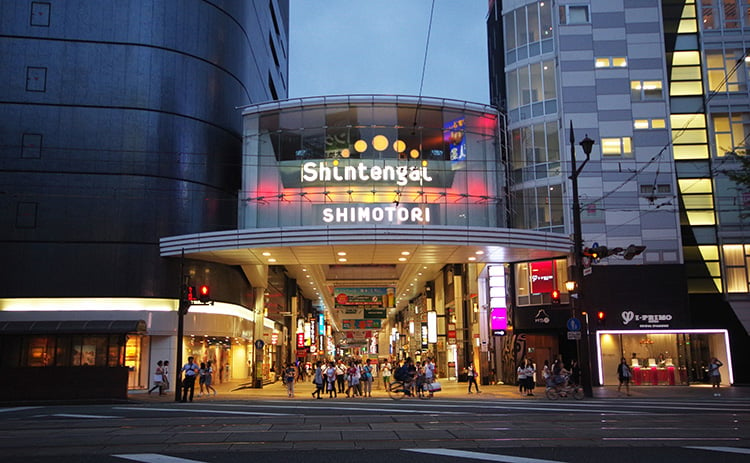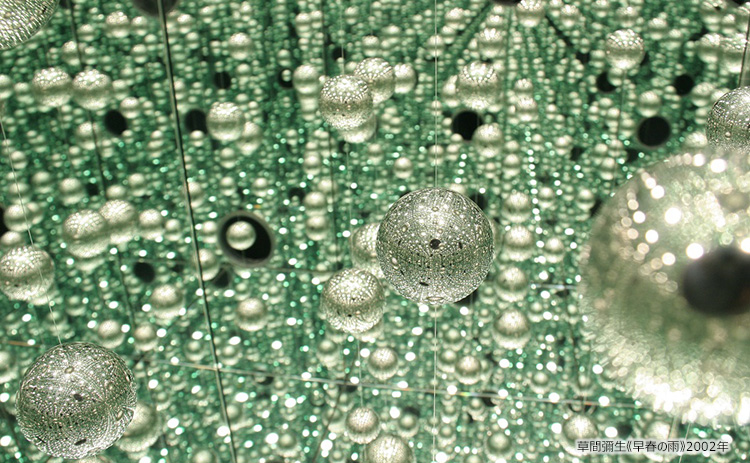Suizenji Jojuen Garden is the feudal lord's garden of the Hosokawa family of the Kumamoto Domain in Higo Province. The garden's history began in 1632, when Tadatoshi, the first feudal lord of the domain, was pleased with the location, which had a bubbling fresh-water spring, and had a teahouse built there. Later, the third generation Tsunatoshi completed a large-scale garden, and in 1671, the elegant Momoyama-style promenade garden was completed. It was named Jojuen Garden after a poem by Chinese poet Tao Yuanming. The garden is centered around a 10,000 m2 pond fed by subterranean water from Aso, and is decorated with an artificial mountain in the shape of Mt. Fuji, pine trees, and floating stones. It is a destination worth visiting in any season.
The thatched-roof building by the lake is the Kokin-denju-no-ma, which was moved from the Kyoto Imperial Palace in 1912. This is the historic building where Hosokawa Fujitaka (a.k.a. Yusai) taught the secrets of the Kokin Waka Shu to Prince Toshihito in 1600, and the view of the Jojuen Garden from here is regarded as one of the most beautiful. On the north side of the park is the Izumi Jinja Shrine, whose deities are the successive lords of the Hosokawa family and Lady Garasha. It was built in 1878 by former feudal warriors who admired the Hosokawa family and wished for the restoration of Kumamoto Castle town, which was devastated by the Seinan War. Most of the shrine buildings were destroyed by fire due to the ravages of World War II, but were rebuilt in 1973. This sentiment has been passed down to the present. It is a historic feudal lord's garden that preserves the Hosokawa culture nurtured over its long history and the appearance of the garden at the time of its construction.









